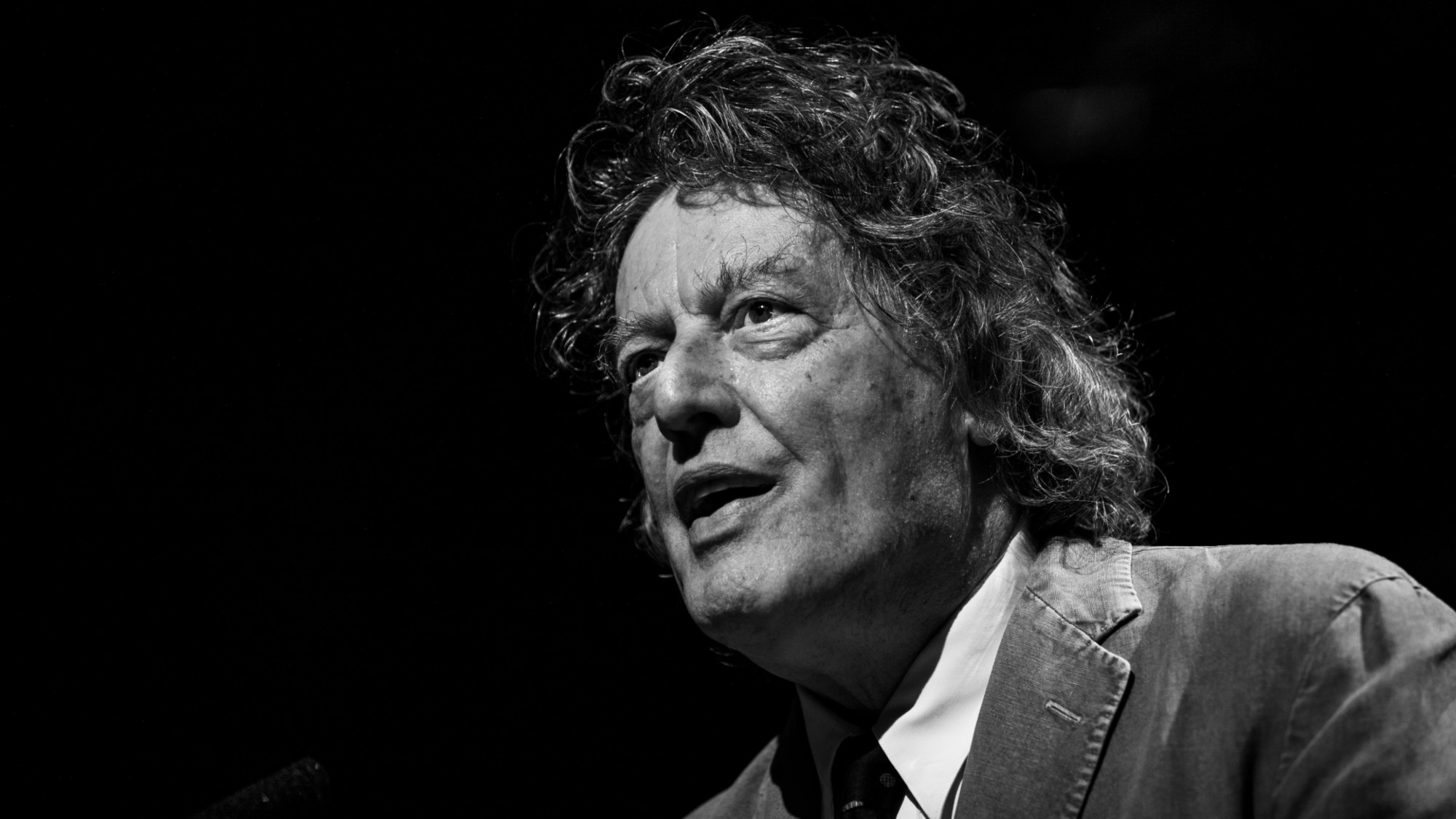The supermassive black hole spinning at nearly the speed of light
Deep in the heart of galaxy NGC 1365 is an exceptionally powerful, incredibly fast beast sucking in everything around it

For the first time ever, astrophysicists have calculated the extraordinary velocity at which a supermassive black hole is spinning at the center of a spiral galaxy. The black hole is located in NGC 1365, a cluster of stars and planets 56 million light-years away in the constellation Fornax.
At the heart of NGC 1365 is a truly frightening beast — an enormous black hole many millions of times larger than our sun. Black holes, as far as we know, are the ultra-dense remnants of long-collapsed stars. Their gravitational pull is so powerful, so unforgiving, that light itself is unable to outrace a black hole's grasp.
Now, astronomers from the Harvard-Smithsonian Center for Astrophysics — using data from the Nuclear Spectroscopic Telescopic Array, or NuSTAR, and the European Space Agency's XMM-Newton X-ray satellites — have calculated the spin rate of this particular black hole, which is dragging all those stars and other nebula fragments into it, like water swirling into a shower drain. "This is the first time anyone has accurately measured the spin of a supermassive black hole," said lead author Guido Risaliti. "The black hole's spin is a memory, a record, of the past history of the galaxy as a whole."
The Week
Escape your echo chamber. Get the facts behind the news, plus analysis from multiple perspectives.

Sign up for The Week's Free Newsletters
From our morning news briefing to a weekly Good News Newsletter, get the best of The Week delivered directly to your inbox.
From our morning news briefing to a weekly Good News Newsletter, get the best of The Week delivered directly to your inbox.
So how fast are we talking? According to the team's calculations, the outer edges of NGC 1365 are being whipped around at about 84 percent of the speed of light. Most galaxies spin at a much slower rate than that. In other words, enormous things like stars and gas giants are traveling millions of miles against their will — in the blink of an eye. A cosmic spin cycle, if you will.
How did NGC 1365's black hole start spinning so fast to begin with? The principle at work here is called the conservation of angular momentum. It's why a figure skater can spin in place faster when he pulls his arms closer to his body, and why a little girl can get really high on a playground swing if she tucks her legs in at the right time. Phil Plait at Slate's Bad Astronomy blog explains:
Objects spinning tend to stay spinning due to momentum, just like any object in motion tends to stay in motion due to momentum. The total angular momentum depends on the object's size and rate of spin. Increase one and the other must decrease; if you make something smaller it'll spin faster. [Slate]
The black hole's size is unfathomably big, of course, but it's also incredibly dense, pulling everything around it in tight. And get this: Since the black hole is already spinning as it sucks everything in, all that peripheral material being gobbled up comes in at a slight angle, giving it even more angular momentum to work with.
The black hole's hefty appetite also helps explain why NGC 1365 is one of the largest galaxies in the universe — twice the size of the Milky Way, in fact. "Cosmic cannibals grow fat when the hunting's good," says Plait.
A free daily email with the biggest news stories of the day – and the best features from TheWeek.com
The study is set to be published tomorrow in the journal Nature.
-
 How coupling up became cringe
How coupling up became cringeTalking Point For some younger women, going out with a man – or worse, marrying one – is distinctly uncool
-
 The rapid-fire brilliance of Tom Stoppard
The rapid-fire brilliance of Tom StoppardIn the Spotlight The 88-year-old was a playwright of dazzling wit and complex ideas
-
 How your household budget could look in 2026
How your household budget could look in 2026The Explainer The government is trying to balance the nation’s books but energy bills and the cost of food could impact your finances